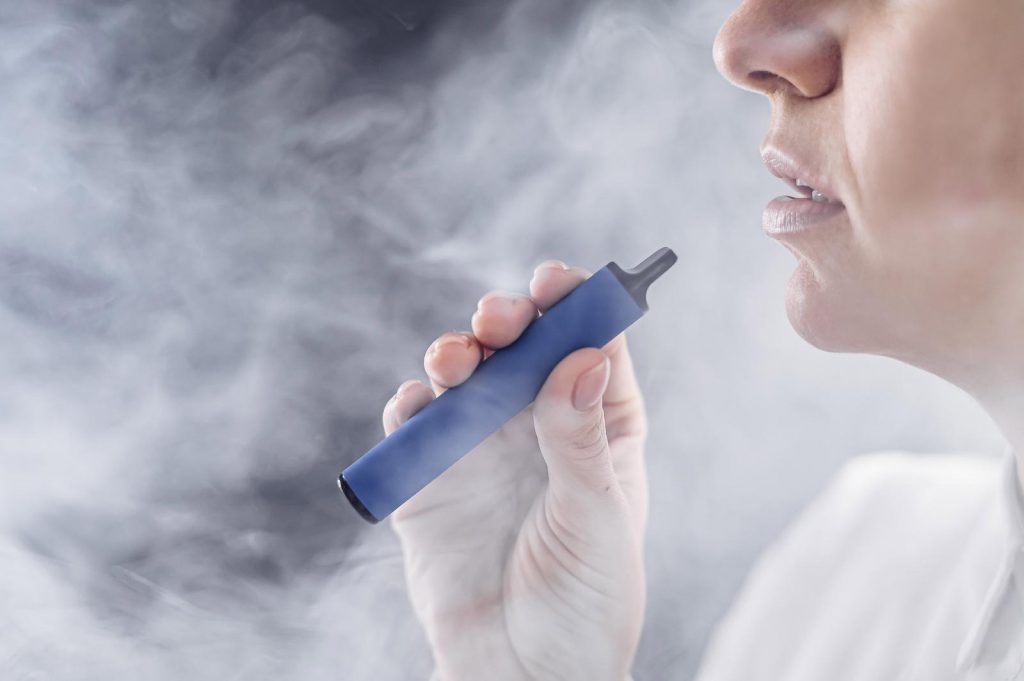Are you looking to sell vaping products at retail? Click here to go to that page.
Are you looking to sell tobacco products at retail? Click here to go to that page.

Whether you’re producing, packaging or importing vaping products, chances are you will need some sort of licence or registration with the Government of Canada. You will likely need to obtain and apply excise duty stamps on your product before it is sold. The licences available for tobacco and vaping are quite similar but do have some differences due to the different characteristics of the products. It can be difficult navigating the licensing landscape, and our law firm is here to help you with that.
Vaping Excise Duty Stamps
You will more than likely have to place an excise duty stamp on the packaging of your vaping products. If you are importing such products and they are packaged before they arrive in Canada, the excise duty must be placed on the package prior to the product arriving in Canada. Otherwise it could get seized and destroyed by the government! Obviously that’s an account you want to try to avoid. You can find more information on Excise Duty Stamps here.
Vaping Product Licence
If you are manufacturing vaping products in Canada, you must obtain a Vaping Product Licence from the Government of Canada. Manufacturing covers a while ambit of activities, including blending or mixing vaping substances, inserting a vaping substance into a vaping device, and any step in packaging the vaping product. Licences are valid for up to a maximum of 3 years and your licence will NOT automatically renew, so make sure you are on top of licensing matters. To get a vaping product licence you must meet a number of conditions, which includes amongst others the following conditions: Not being the subject of receivership of your debts, not failed to comply with any Act of Parliament or provincial legislation that deals with taxation or control of alcohol, tobacco, vaping or any regulations thereunder in the past 5 years. You must provide a list of all manufacturing vaping premises, a business plan, and acceptable financial security.
Become a Vaping Prescribed Persons Canada
If you are importing packaged vaping products into Canada, you will need to sign up for what’s called a Vaping Prescribed Persons registration. You will need to submit the corporation information, a business plan, sales and marketing plan, information on the company’s directors, as well as post a security deposit. Once your registration has been approved, you will get the ability to order excise duty stamps. These duty stamps must be applied onto your vaping product before it arrives in Canada.
Do you need a licence to sell vapes in Canada?
How do I import vaping products into Canada?

You deserve a dependable and reliable lawyer on your side. Harrison Jordan is a Toronto-based lawyer assisting business with their vaping licensing needs. Call him at +1 647 371 0032 or email him today. He’ll get back to you as soon as he can.




